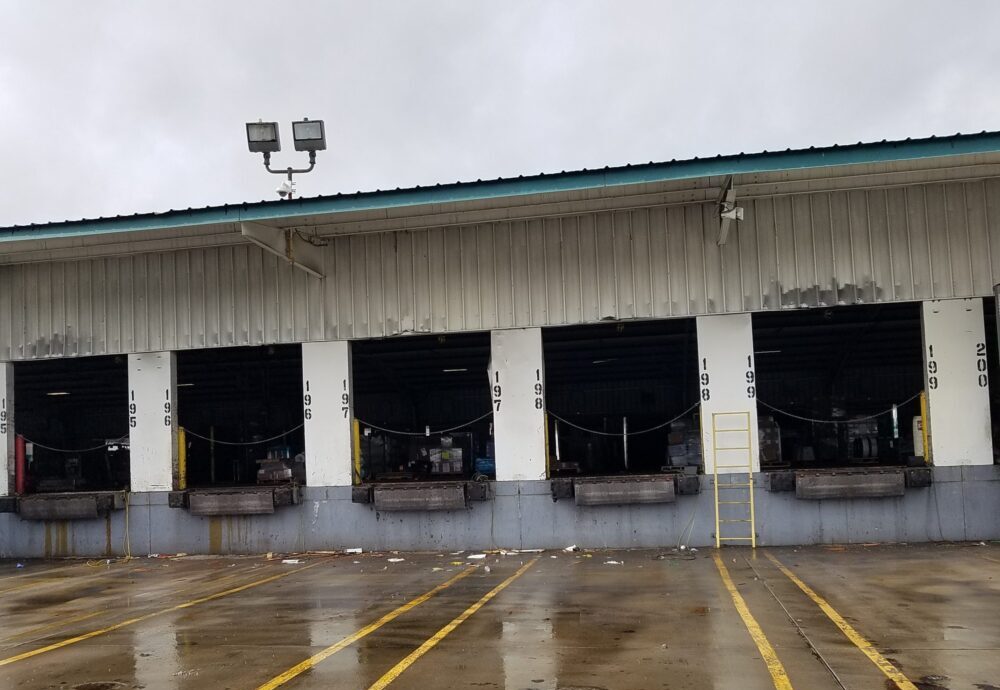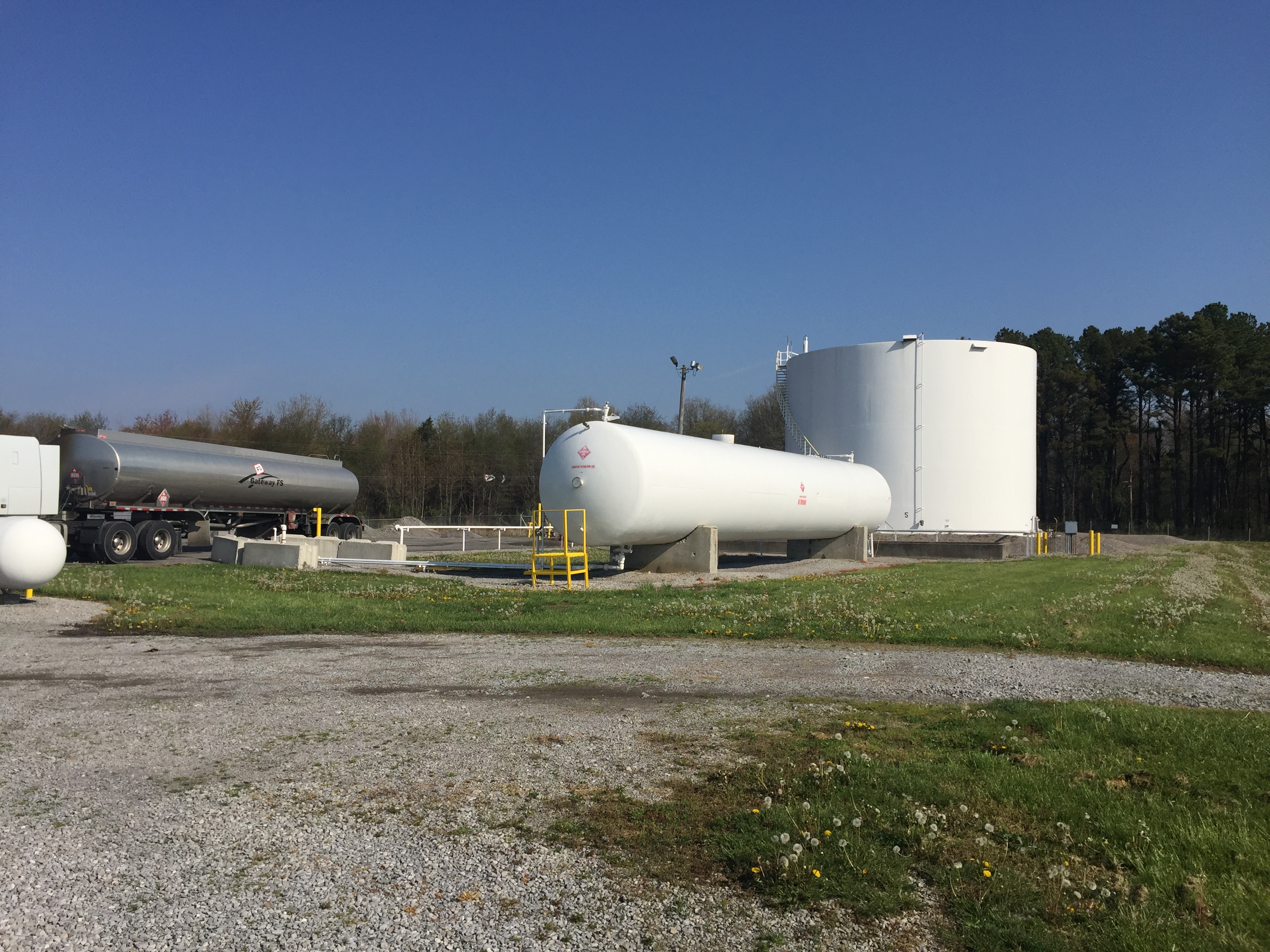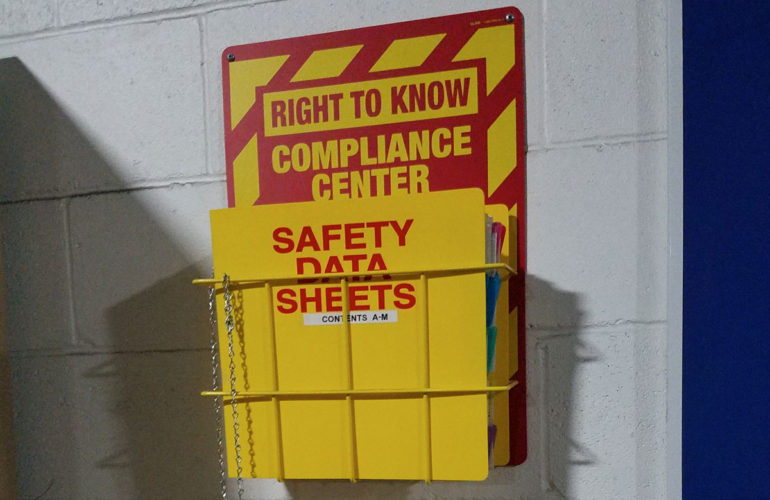One of the most important aspects of any business facility is making sure you have the create permits, and that your daily operations are compliant with state and federal laws. If this process is new to you, it may seem somewhat daunting. We’ve broken down the basics for you to educate your organization on the dos and don’ts of permitting and compliance.
Permitting For New Facility or Modifications to Your Existing Facility
Whether you are constructing a new facility or modifying an existing one, renewing a permit, or undergoing a change in ownership, there are multiple steps in the air quality permitting process for every type of permit, including New Source Review (NSR) / Prevention of Significant Deterioration (PSD), Title V, Synthetic Minor, and state construction and operating permits.
There are several detailed elements required by the permitting process:
- Identification of emission sources and pollutant types
- Development of emission inventories including netting analysis, emission rate calculations using appropriate emission factors and review of material safety data sheets, and identification of insignificant activities
- Development of permitting strategy including permit applicability and potential for permit avoidance, determination of appropriate permit type, and recommended permit conditions.
- Rule applicability analysis, including identification of all applicable federal, state, and local requirements for each emission source including NSPS (New Source Performance Standards) and NESHAP (National Emissions Standards for Hazardous Air Pollutants).
- Control Technology Evaluation includes the process of selecting the appropriate pollution control technology by identifying control options that are technologically and economically feasible. Your company can pre-qualify by contacting vendors and having them prepare for performance specifications. This will evaluate the control technology to determine its adequacy in helping the company achieve compliance with the rules and the appropriate level of control, including control determinations for:
> Best Achievable Control Technology (BACT)
> Lowest Achievable Emission Rate (LAER)
> Reasonably Available Control Technology (RACT)
> Maximum Achievable Control Technology (MACT)
> Best Available Retrofit Technology (BART)
- Toxic Impact Assessment
- Draft narrative explaining emissions quantification, rule applicability, and compliance strategy.
- Completion and submission of permit application, hard copy or electronically if available.
Compliance for Your New Facility or Modifications to Your Existing Facility
Whether it’s compliance with permit conditions or specific rules or dealing with enforcement actions, you’ll need to ensure that you’re prepared. Permit conditions can require a range of actions that must be taken by the facility, including meeting facility-wide or unit-specific standards, such as emission caps or operational limits; performance of source tests (stack or materials testing) by coordination and observation of tests, pre-qualifying / recommending testing firms, and appropriate test methods and protocols; monitoring requirements; clean markets (acid rain) requirements; and recordkeeping and reporting requirements.
It’s best to establish programs for your organization’s management of environmental data, recordkeeping, emissions calculations and monthly or quarterly reporting. It is good practice to conduct facility-wide compliance audits to determine if your facility is in compliance with federal, state, and local air quality regulations or internal company policies. Facility compliance status can be determined through a rigorous review of relevant facility air quality data such as current permits, conditions and reports; the determination of all applicable air quality rules and regulations; and an outside party site visit to understand the facility processes, identify all emission sources and pollutant types, and compare operations with standards.
Getting Started with Permitting and Compliance for Your Organization
If your facility is currently looking into permitting and implementing compliance standards, and you don’t know where to start, we’re here to help. We have a proven track record of creating customized compliance programs and audits. We provide training to staff on how to use these customized compliance tools. We can assist in the development of annual reports including Toxic Release Inventories (TRI), annual emission statements and the calculation and submission of annual permit fees. We also provide assistance in dealing with enforcement actions issued by the federal and state governments including Notices of Violations, Consent Orders and Administrative Orders.
For units not in compliance with applicable permit conditions and rules, we recommend the most appropriate and economical measures to bring the unit into compliance, with schedules and designated responsibilities, including change of process, staff practice or control technology. For the process units in compliance but containing issues that may become problematic, we recommend remedies to improve performance or efficiency.


